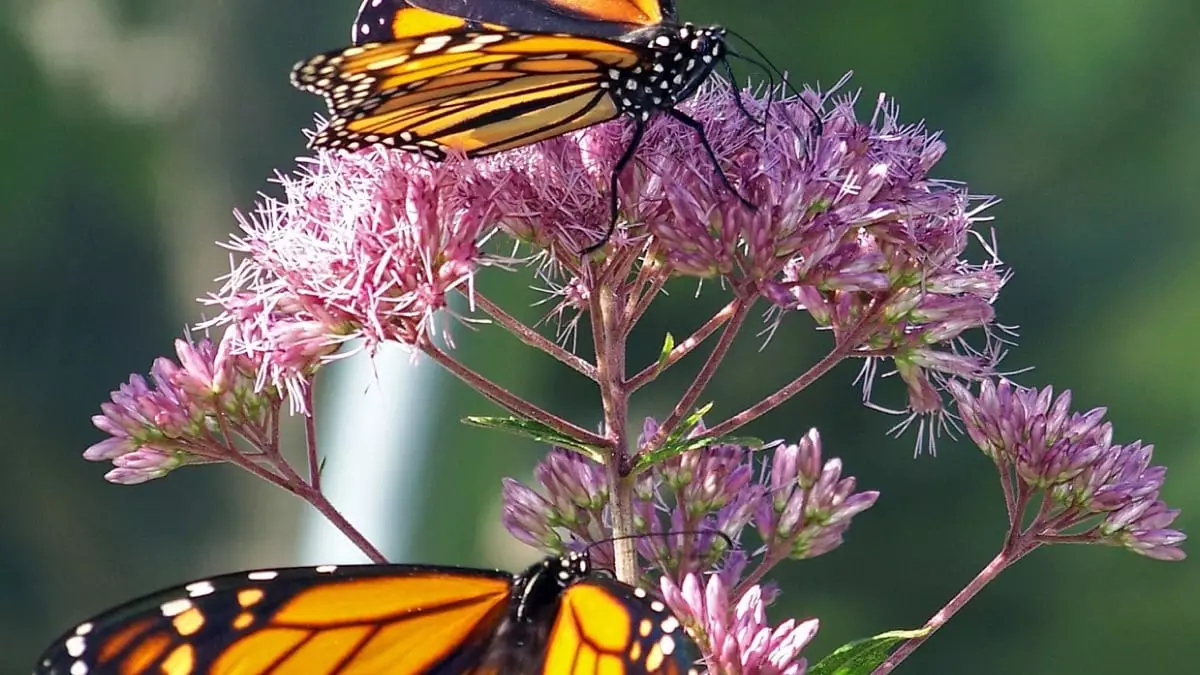The relationship between monarch butterflies and oyamel fir forests in Mexico is vital for the butterflies’ survival during harsh winter months. These forests provide essential microclimates that enable monarchs to hibernate and sustain themselves until spring. However, with climate change accelerating, the future of these critical habitats is increasingly uncertain. The degradation and potential extinction of these forests would not only threaten the monarch population but also disrupt a complex ecosystem that relies on this unique interdependency.
In light of the significant threats posed by climate change, conservationists have initiated a groundbreaking project aimed at reestablishing oyamel fir trees in areas that may offer a more climate-resilient habitat. This bold approach involves planting hundreds of oyamel fir saplings (scientific name: Abies religiosa) in locations that are approximately 100 kilometers away from their traditional growing sites. The objective is to provide a sustainable refuge for monarchs, enabling these butterflies to adapt to the shifting climate.
Recent reports indicate that a remarkable 80 percent survival rate exists for these newly planted trees after just three years, particularly in higher altitude regions. However, the saplings demonstrate smaller growth rates compared to those in their natural habitat, presenting a paradox in the project’s early stages. The ongoing experiment not only engages scientific inquiry but also sheds light on the intricate balance necessary for successful reforestation efforts.
Community Involvement and Future Challenges
The involvement of local Indigenous communities has proven vital to the project’s success. In collaboration with the community in Calimaya, researchers assembled a strategic plan for planting the oyamel fir seeds, collected from elevations ranging from 3,100 to 3,500 meters within the Monarch Butterfly Biosphere Reserve. While the survival rates remain hopeful, garnering broader community and governmental support for long-term maintenance and protection of these new habitats is crucial.
However, a lingering question prevails: will migrating monarch butterflies find these newly established forests? The winter of 2023-2024 provided a glimpse into their adaptability, as some monarchs bypassed traditional biosphere reserves, seeking out cooler environments. This behavior reinforces the adaptability of monarchs but simultaneously raises the stakes for conservationists, who must ensure that their efforts yield long-term results.
Looking ahead, the integration of innovative strategies that incorporate scientific knowledge alongside traditional ecological practices is paramount. The synergy between climate-resilient reforestation and community engagement could serve as a model for adaptive conservation measures globally. As climate change continues to reshape ecosystems, it becomes increasingly critical for conservationists and local communities to collaborate in efforts to preserve the intricate ties between species and their habitats.
While the cultivation of new oyamel fir forests holds promise for the survival of the cherished monarch butterfly, it ultimately requires concerted efforts and sustained support. As habitats shift and species adapt, only through proactive engagement can we hope to protect the biodiversity that interlinks these fragile ecosystems.

Leave a Reply